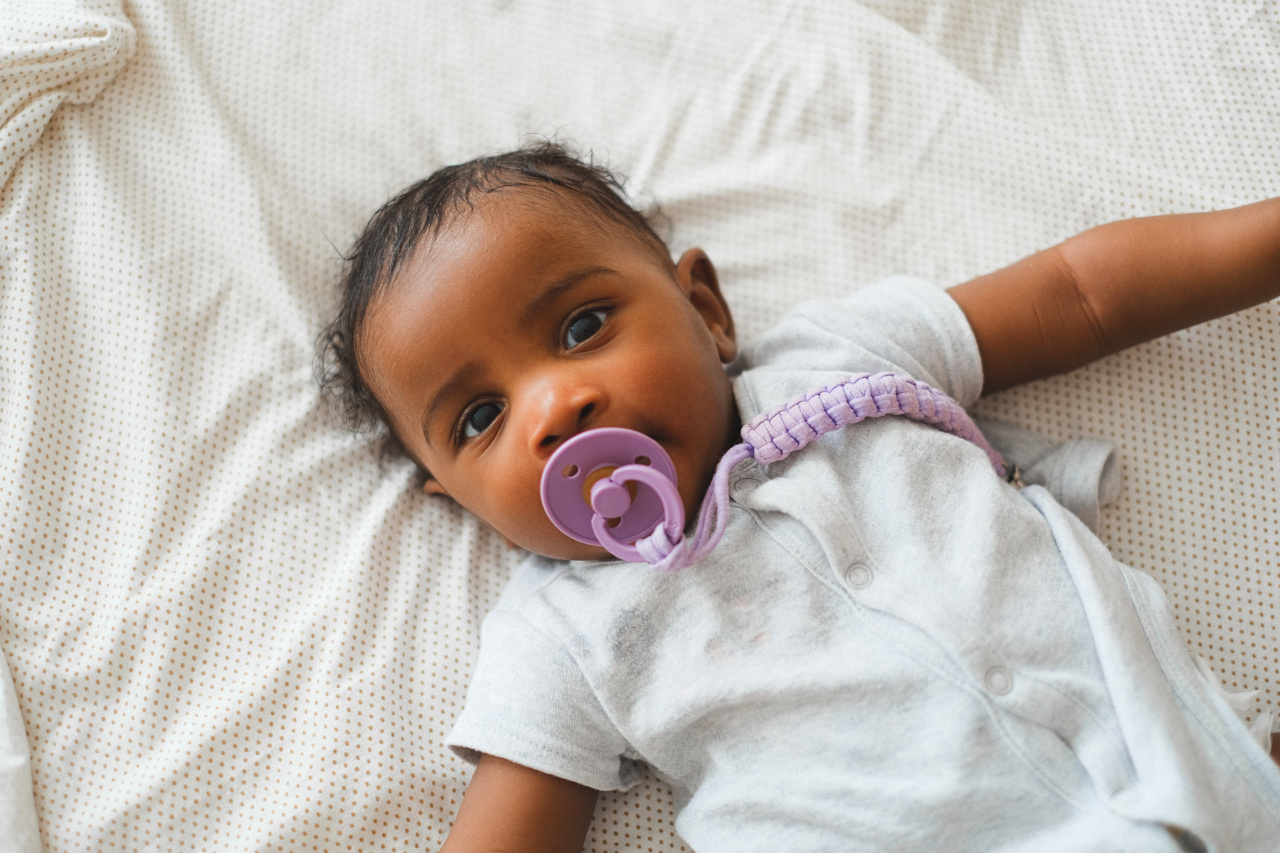As a parent, getting your child to give up their pacifier can be a challenging task. Pacifiers are known to provide a calming effect for children and to help them cope with anxiety or stress.
However, when it’s time for the pacifier to go, it’s essential to approach it in the right way. In this ultimate guide, we will cover everything you need to know about weaning your child off a pacifier.
When is the Right Time to Wean Your Child off a Pacifier?
The American Academy of Pediatrics recommends that parents start weaning their children off pacifiers between six months and one year of age.
Children who continue to use their pacifiers beyond this age risk developing problems with their teeth and jaws as well as recurrent ear infections, which can lead to other health issues.
Steps to Weaning Your Child off a Pacifier
Here’s a step-by-step guide on how to wean your child off a pacifier:.
Step 1: Talk to Your Child
Explain to your child that they’re all grown up now and need to give up their pacifier. Be firm but gentle in your approach and use positive language to encourage them to let go of their pacifier.
For example, “It’s time to say goodbye to your pacifier and move on to big kid things like drinking from a cup all by yourself.”.
Step 2: Gradually Reduce Usage
Do not take the pacifier away suddenly as it can lead to more difficult emotions and tantrums for your child. Instead, gradually reduce the amount of time your child spends with their pacifier each day.
This way, they will begin to associate less and less with it.
Step 3: Introduce Alternative Comforting Mechanisms
If your child is having a hard time letting go of their pacifier, introduce other forms of comfort that don’t involve the pacifier.
Comforting mechanisms like cuddling with their favorite stuffed animal or rocking back and forth while listening to soothing music can help soothe your child and make them forget about their pacifier.
Step 4: Offer Rewards
Offer incentives to your child like stickers or small toys whenever they go a certain number of hours without using their pacifier. This way, they will be motivated to give up their pacifier and switch to other habits.
Step 5: Be Patient and Consistent
Remember that weaning your child off a pacifier is a journey and not an event. It takes patience, consistency, and understanding from both you and your child to make it work. Always offer praise and support to your child during this process.
What Not to Do When Weaning Your Child off a Pacifier
Here are things to avoid when weaning your child off a pacifier:.
Don’t Use Force
Trying to force your child to give up their pacifier can lead to a stressful situation for both you and your child. It can result in more tantrums, tears, and a feeling of disconnection between you and your child.
Don’t Use Negative Language
Avoid using negative language when talking to your child about giving up their pacifier. Prohibitive or accusing statements like “You’re too old for that” or “You’re not a baby anymore” can do more harm than good.
Instead, use positive and encouraging language that makes your child feel supported.
Don’t Give Up Too Soon
Weaning your child off a pacifier can be a long and slow process. However, don’t give up too soon. Be consistent with your approach, and your child will eventually get the message and let go of their pacifier.
Conclusion
Weaning your child off a pacifier is a process that requires patience, consistency, and positive reinforcement. With the right approach, you can help your child move on from their pacifier successfully.
Remember to be gentle and supportive of your child during this process.































